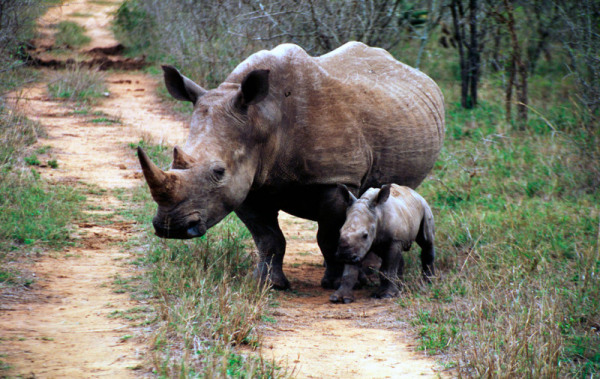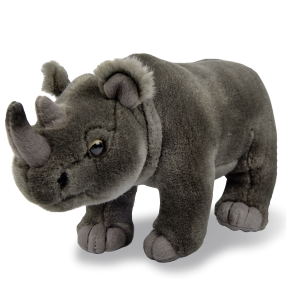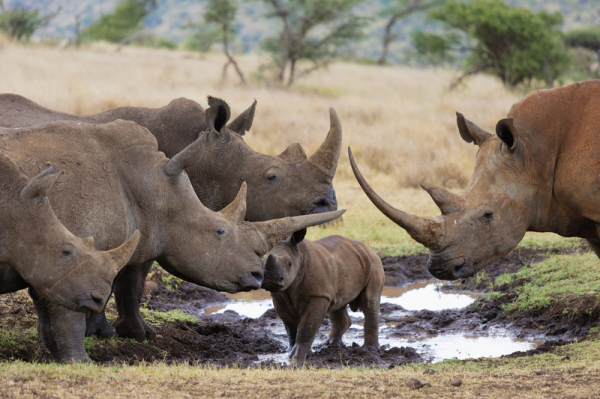WWF holiday adoption gift guide: Introducing the white rhino!
This holiday season, WWF is introducing six new species for you to adopt and take home, including the white rhino. Let’s meet the white rhinoceros!
SCIENTIFIC NAME
Ceratotherium simum
HABITAT
The white rhinoceros inhabits tropical and subtropical grasslands, savanna and shrublands in Central and Southern Africa.
DIET
White rhinos are the only grazers of all rhino species, feeding almost exclusively on short grasses.

© John E. Newby / WWF-Canon
Today very few rhinos survive outside national parks and reserves. There are now approximately 20,000 white rhinos in existence, up from fewer than 100 in 1900. The majority of white rhinos are found in South Africa but they also exist in Namibia, Zimbabwe, Botswana and Kenya. They are listed as ‘Near Threatened’ on the IUCN Red List Classification.
Why is the white rhino at risk?
Hunting & poaching for their horns. Although international trade in rhino horn has been banned under CITES (Convention on International Trade in Endangered Species of Fauna and Flora) since 1977, demand remains high – fueling rhino poaching and the illegal wildlife trade. The white rhino is particularly vulnerable to hunting because it is relatively unaggressive and travels in herds.
Habitat loss due to agriculture and human settlement poses a secondary threat to the white rhinoceros.

What is WWF doing?
WWF is helping the white rhino by:
- Expanding existing protected areas and their management. There are also efforts to establish new protected areas.
- Enhancing security monitoring to shield rhinos from poaching.
- Improving local and international law enforcement to stop the flow of rhino horn and other illegal wildlife trade items from Africa to other regions of the world.
- Promoting well-managed wildlife-based tourism experiences that will also provide additional funding for conservation efforts.
With your symbolic adoption, you’re helping WWF fight to secure the long-term survival of the white rhinoceros and other species at risk. Each adoption kit includes a high quality wildlife plush, personalized adoption certificate, a stunning species poster, a reusable tote bag and an applicable tax receipt.
Visit our e-store shop.wwfcastg.wwf.ca for all your holiday gift options from WWF and give a meaningful gift that keeps on giving!

© Martin Harvey / WWF-Canon
